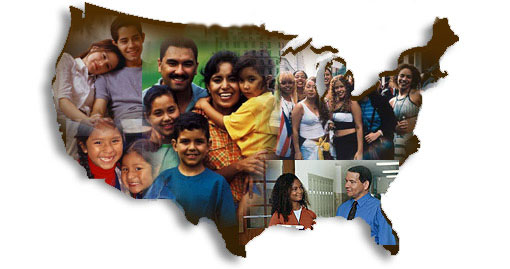By Frank Canizares
This podcast was recorded to showcase an SDA congregation’s efforts to bridge the generational gap. The soundbites were recorded at SuCasa Church— the Spanish-American Seventh-day Adventist church in Collegedale, Tennessee. Join me as we learn how SuCasa church bridges its demographic reality and congregation’s generational gap.
As you enter SuCasa church, and you go through the COVID protocols in the lobby, you are greeted by a reverent atmosphere, which reveals an older generation’s congregation. At the same time, a youthful spirit coming from the lower level invites you down. The lobby’s reverent atmosphere leads you on through to their main room where an older generation gathers for Sabbath school. But If you had allowed the youth spirit to navigate you to the lower level you would have found a younger generation’s Sabbath school gathering.
As I enjoyed my Sabbath experience during one of the intermissions, I had a chance to ask Carolina Bonilla—SuCasa’s youth director— what is her take on the generational gap and what they have done and are doing to bridge it?
“Our church is a very diverse church,” Bonilla said. “There are more than ten nationalities here. We have children, teens, young adults and adults. We have been successful, specifically throughout the past six years, at being able to give more participation to the youth. Before it was an adult-dominated church where the youth were mostly visitors. Now, they have more participation and even leadership roles.”
SuCasa church’s goal is to train its youth to lead.
“We are trying to disciple the younger generation so that they can lead our church,” Bonilla said.
She shares the first step she took to assess the younger generation’s needs.
“In my first year as a youth director, one of the first things that I did to know how the youth feels in relation to our church is I developed a survey,” Bonilla said. “And some of the questions that I asked were: ‘How do you feel when you come to our church?’ Fortunately, many of the young people said they felt welcomed and part of the family.”
She explained the church’s adoption ministry and how they try to fill the void students feel by being away from home.
“The previous youth director created this adoption program where students and young adults who don’t have family nearby can be adopted by our church family,” Bonilla said. “They invite them for lunch and just kind of take care of them as if they were their parents here. To make sure that if they need anything that there is a family here who is taking care of them.”
SuCasa’s administrators try to make themselves available to supply every student’s need — be it physical, spiritual, as well as emotional.
“We try to make sure that if there’s any young person struggling with something, they could come to us and to know we are there to help them,” Bonilla said.
They try to tackle the needs stated by the younger generation by assuming a proactive role.
“We have decided to create programs based on the needs they have stated they have,” Bonilla said. “There are young people who are struggling with depression, addictions. We are trying to tackle those topics with the people we invite or the programs we are making. Last month, we had a livestream. One of our youth directors is a psychologist. We were talking about how to take care of ourselves during this time of pandemic. They did such an amazing job. I am very impressed by the youth that attends this church. They are very capable, and they are willing to step up and help.”
As the Sabbath service continued throughout the day both generations gathered in the main room for the worship service where they sang, prayed, and listened to the word of God, as one congregation closing their generational gap.


